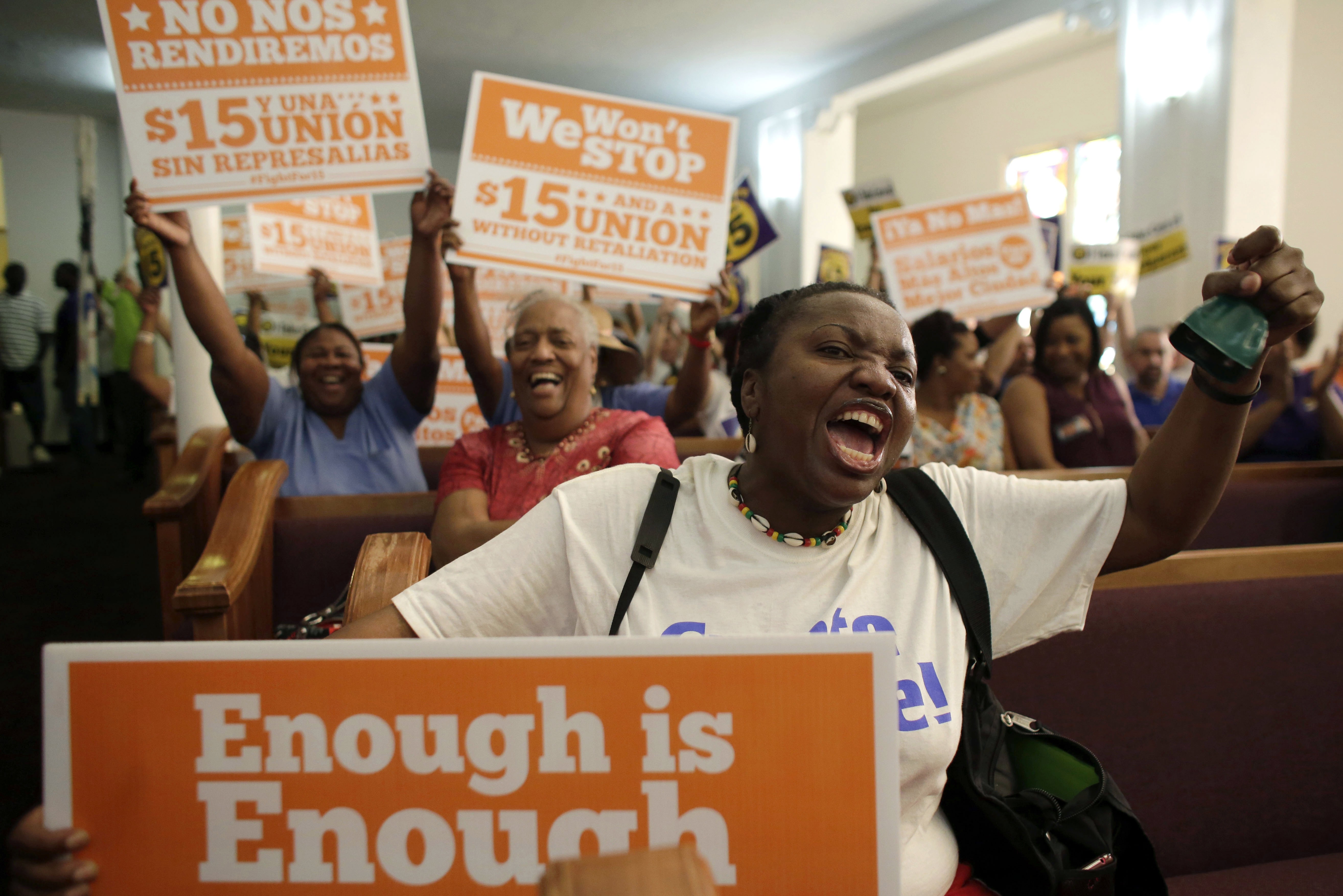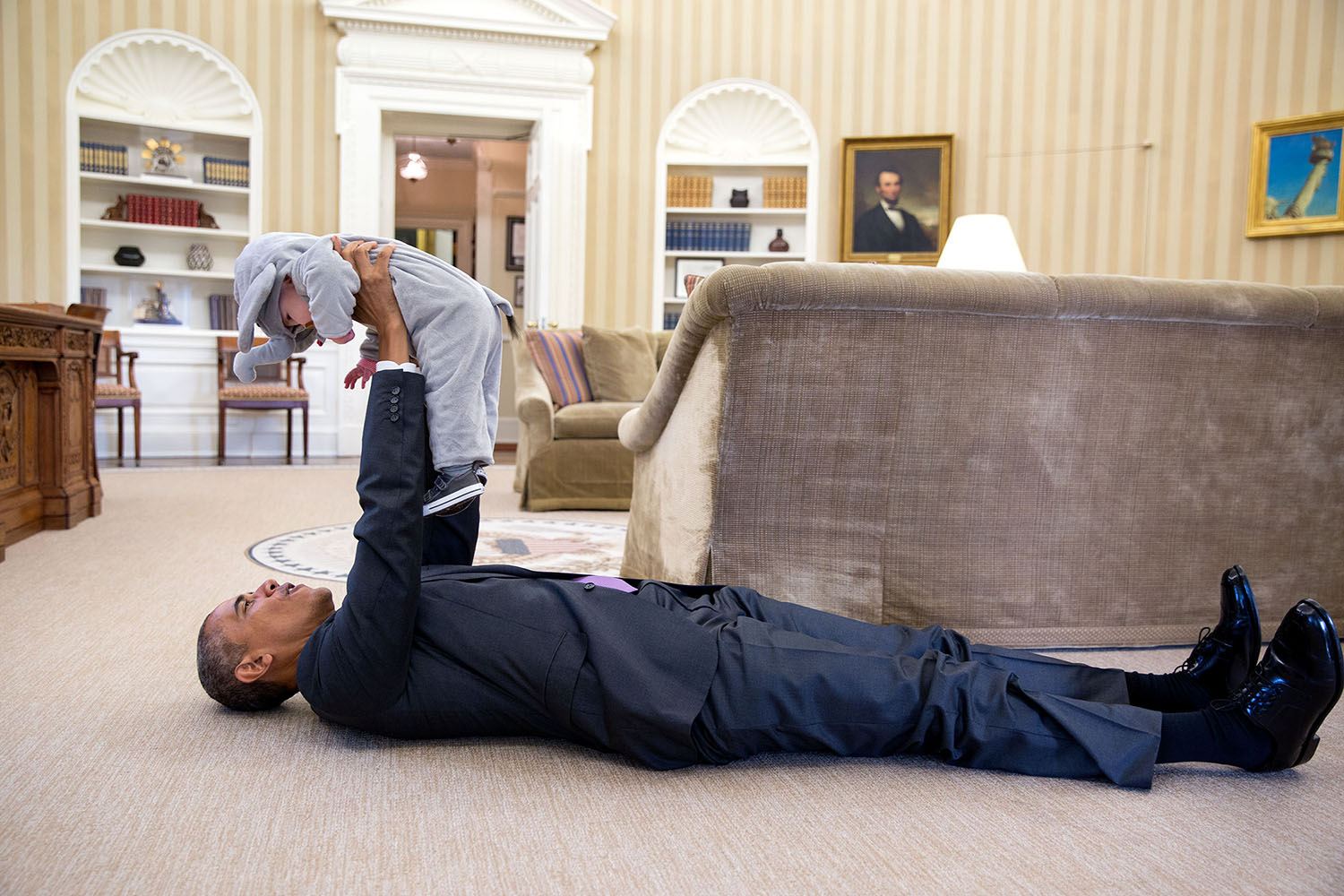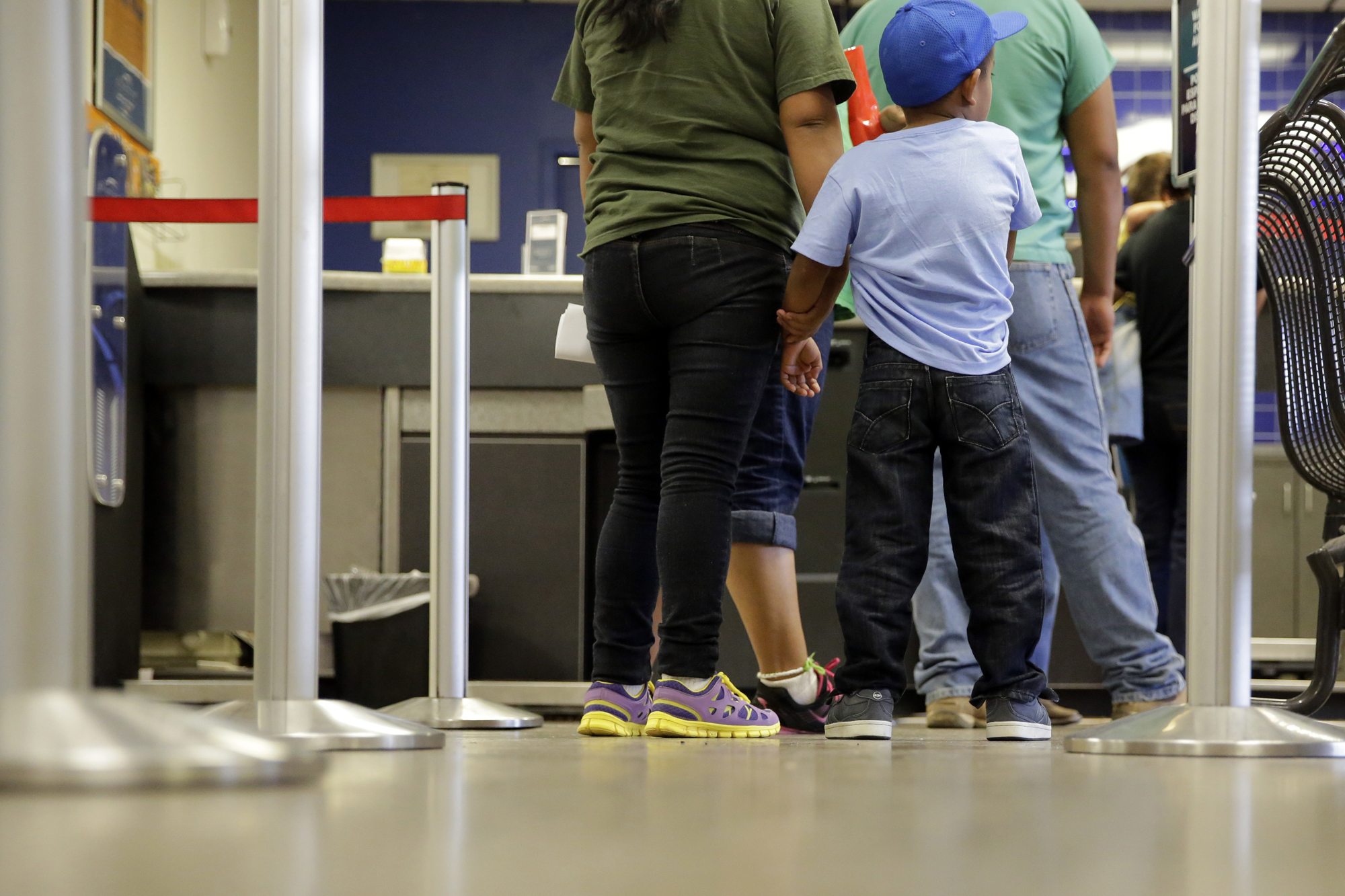During his 2016 presidential campaign, president-elect Donald Trump promised that if he was elected, “the American worker will finally have a president who will protect them and fight for them.” Creating good-paying and high-quality jobs is definitely a worthwhile goal for the president to increase Americans’ living standards and decrease poverty.
Despite the president-elect’s claim that there are “no jobs,” the labor market has improved at a remarkably steady rate as the country worked its way out of the deep recession. During the past six years, there has been job growth each and every month, and a 5 percentage point drop in the unemployment rate. In part, that’s due to President Obama’s Recovery Act, which stimulated growth, provided aid to states, and invested in infrastructure. The rescue of the auto industry saved at least 1 million jobs, and kept an entire region out of a severe depression.
Get TalkPoverty In Your Inbox
In 2015, most Americans finally started to feel the benefits of the recovery. Income rose for the typical American household, and the poverty rate saw one of the largest single-year declines in almost 50 years—primarily due to improvements in the labor market.
As steady as the recovery has been, the United States has not yet reached a full employment economy. There are still too few jobs, too few hours, and too slow wage growth for millions of people who are willing and able to work. Along with a strong safety net, decent jobs and wages for low-income people and their families is one of the most effective methods of reducing poverty.
If the next administration genuinely wants to create decent jobs, it will need to do much more than strike piecemeal deals with individual companies. It should work with the Federal Reserve to prioritize full employment, and make sure that we get there by keeping interest rates low until there is consistently strong wage growth. It should also take steps—some of which were taken by President Obama—to make sure these jobs make it possible for people to support themselves.
Raise the Minimum Wage
Despite what some policymakers and pundits suggest, a significant share of poor people already work—and their wages and benefits from that work are their main source of income. The problem is that their wages are too low. Full-time, year-round minimum wage workers don’t make enough to support a single person, much less a family. For people who rely on the federal tipped minimum wage of $2.13 per hour—disproportionately women and people of color—the struggle can be even harder.
Congress has failed to raise the federal minimum wage for seven years, so Obama relied on executive action when he could. He raised the minimum wage to $10.10 for all federal contractors, many of whom work at poverty-level wages. Some individual states also raised their minimum wages, which is correlated with faster wage growth for low-wage workers.
The rest of the country is long overdue for a raise too, and Trump has—at times—promised to give it to them. However, given how opposed Trump’s pick for Labor Secretary is to even a modest increase, it’s unlikely that the new administration will take this action on behalf of workers.
Enforce and Update Labor Standards
Workers lose tens of billions of dollars a year due to wage theft, when employers fail to pay minimum wage, overtime, payroll taxes, or worker’s compensation premiums. Stolen pay can add up quickly for low-wage employees, and it can make the difference between making rent or facing eviction. Stronger enforcement of labor standards that guard against wage theft, and updates to outdated standards—such as increasing the overtime threshold and eliminating the tipped minimum wage—would especially benefit low-income workers.
Under Obama, the Department of Labor (DOL) implemented contracting regulations that include not only a higher minimum wage, but also address wage theft, on-the-job health and safety hazards, sexual harassment, race discrimination, and wage transparency. In addition, the Obama DOL applied the minimum wage and overtime regulations to the home health care industry, whose almost 2 million care workers are generally women of color and immigrants earning wages at or below the poverty line.
End Irregular Scheduling
Irregular work scheduling denies workers any dependability in their schedule or pay. That makes it nearly impossible for working parents to find child care, know whether they are going to get the hours they need, or coordinate schedules between multiple jobs. These employment practices are also more likely to affect low-wage workers who lack the leverage to push for better wages and hours, which leaves them facing job and income insecurity and a higher likelihood of falling into poverty. To remedy these problems, policymakers could enact laws to require minimum reporting pay and advance notice of worker schedules, allowing people to plan their lives and meet family responsibilities.
Provide Paid Sick and Family Leave
Seventy-three percent of the lowest wage private-sector workers lack a single paid sick day, and 96% do not have paid family leave through their employers. That leaves workers—particularly low-income workers—in an impossible position where they have to choose between getting paid or caring for themselves or their families. At best, a missed paycheck leads to many families and individuals making tough choices among expenses on basic needs; at worst, it can lead to hunger, homelessness, or worsening illness.
President Obama issued paid sick leave and paid family leave to federal workers and contractors, and while this is a step in the right direction, millions more workers need the same support. Extending earned sick leave and paid family leave to all workers will greatly impact the lowest-wage workers, who are 4.5 times more likely to lack paid sick time compared workers at the top of the wage distribution.
A Strong Safety Net
We need a strong and effective safety net for people who are unemployed, can’t work, or have jobs that pay poverty wages. For example, Obama’s expansions of the Earned Income Tax Credit and the Child Tax Credit target working families and kept 9 million people out of poverty between 2009 and 2011; his extension of emergency unemployment compensation and extended unemployment insurance benefits lifted 2.5 million people out of poverty in 2012; and last year, Social Security benefits alone lifted 26.6 million people above the poverty line. Without stronger wage gains, particularly for lower-income workers, the safety net will need to continue to work harder every year simply to keep poverty rates from increasing.
But the safety net faces the possibility of historic cuts under a Trump Administration, with Social Security, housing assistance, Medicaid, and nutrition assistance all at risk. And that’s not even including the threat to the Affordable Care Act, which has reduced the share of Americans without health insurance to a record low and increased millions of Americans’ economic security.
As a new administration takes the baton, we need to strengthen efforts to help workers and reduce poverty.
Editor’s note: TalkPoverty presents this series in collaboration with the Georgetown Center on Poverty and Inequality.









